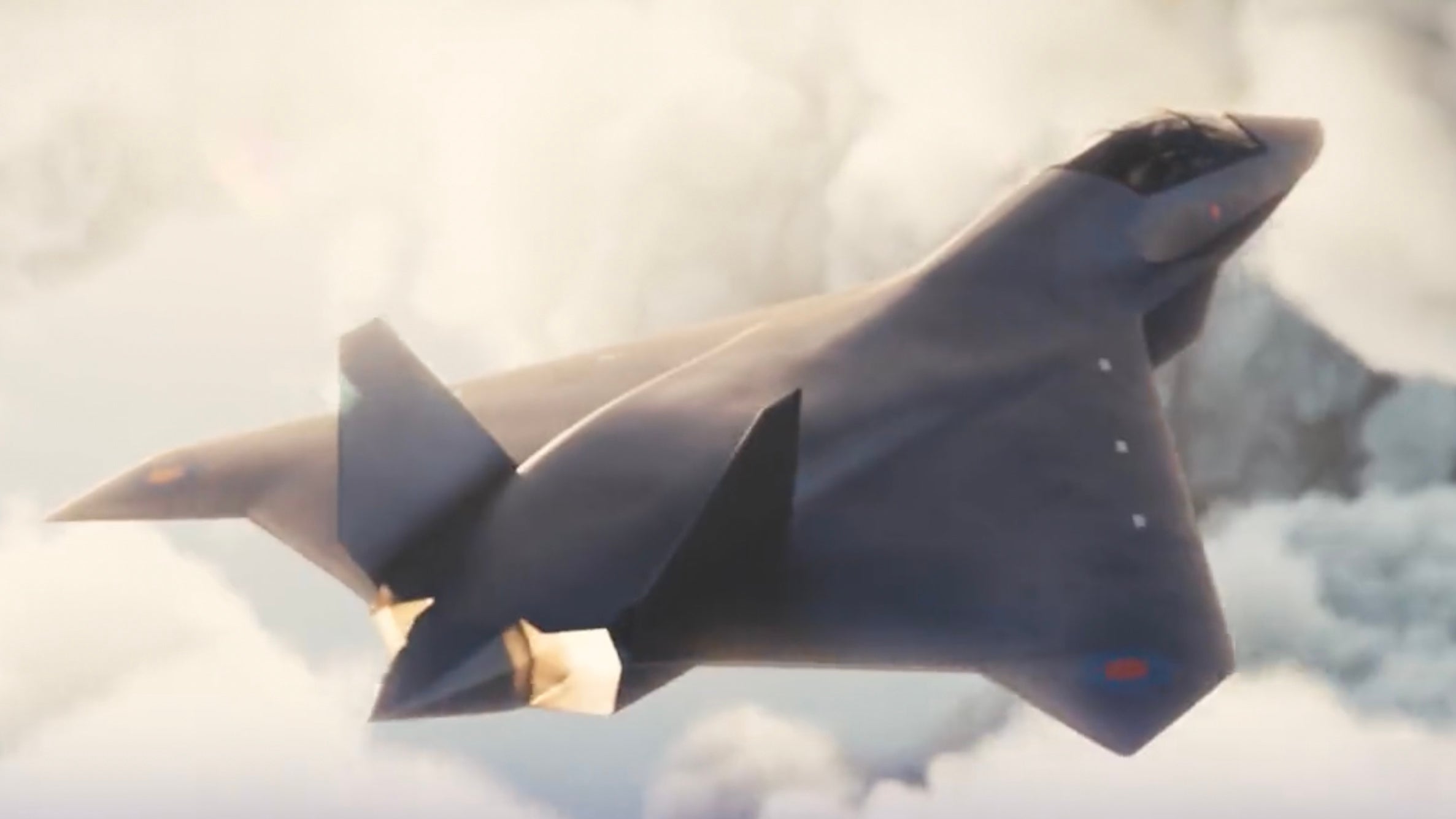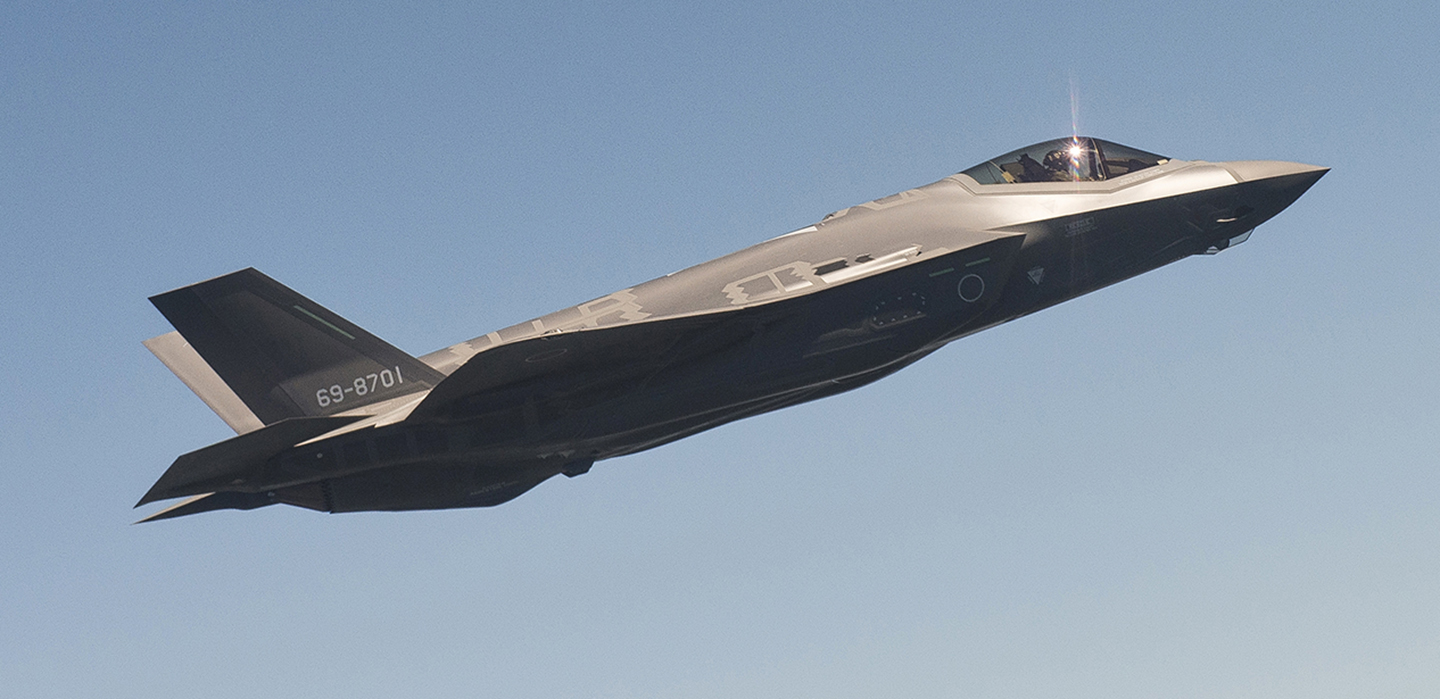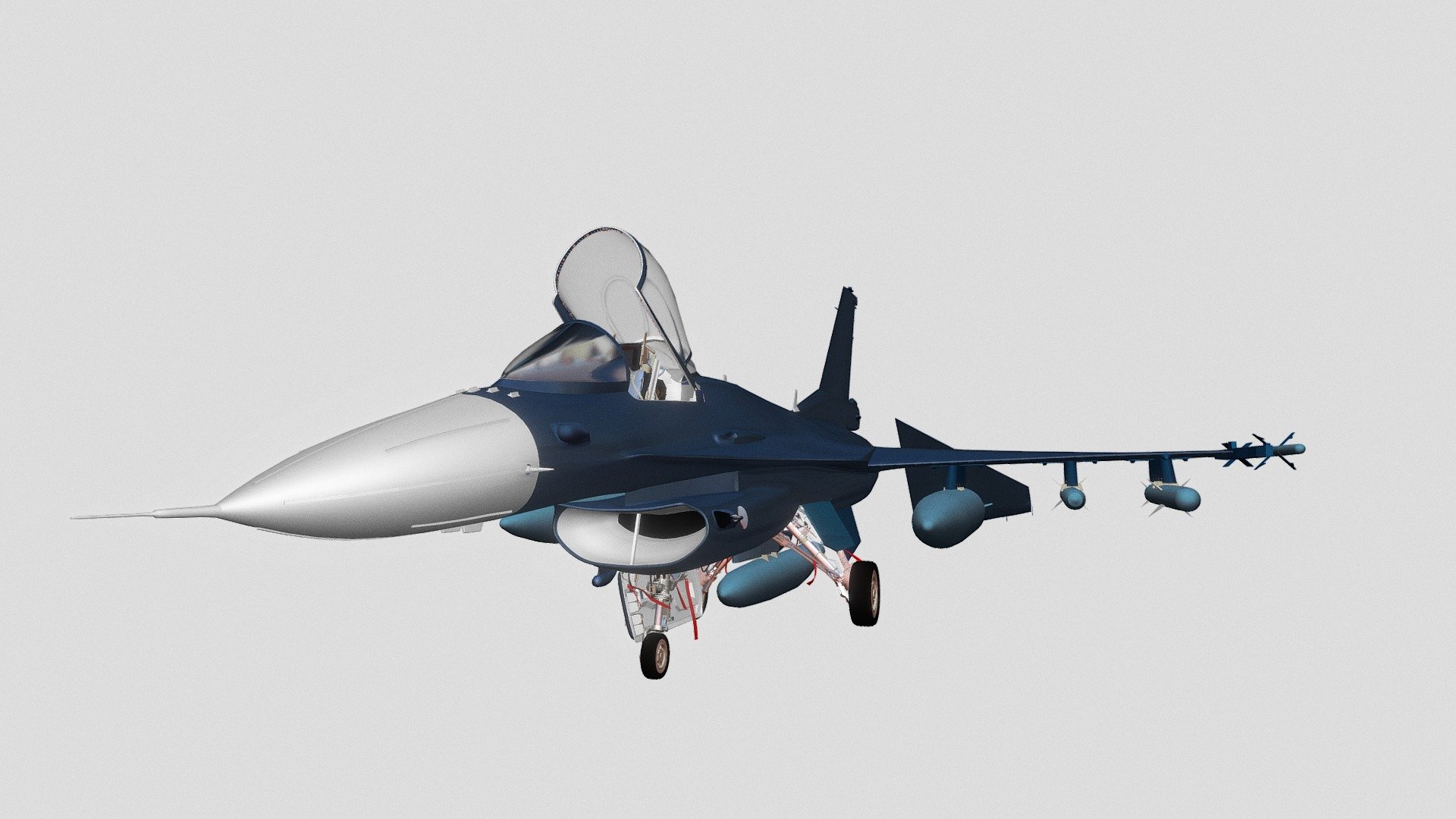Japanese F-x Fighter - The Mitsubishi F-X (unofficially referred to as the F-3) is a sixth-generation stealth fighter under development for the Japan Air Self-Defense Force (JASDF). It is Japan's first domestically developed stealth fighter jet and will replace the Mitsubishi F-2 in the mid-2030s.
Its development also aims to boost the country's defense industry and tap into the international arms market amid a shift in Japan's defensive stance.
Japanese F-x Fighter

On December 9, 2022, the governments of Japan, the United Kingdom and Italy jointly announced that they would develop and deploy a common fighter jet under a project called the Global Combat Air Program (GCAP); Merging the development of the BAE Systems Tempest of the last two countries with the FX.
India's Amca, Japan's Fx Next Gen Fighter Jets Are Coming Up To Challenge The Mighty Dragon
In Japan, Mitsubishi Heavy Industries will be the main contractor, with IHI Corporation managing the engines and Mitsubishi Electric Electronics. In the UK, BAE Systems will operate aircraft, Rolls-Royce Jeans and Leonardo UK Electronics. Leonardo SpA And Avio Aero will participate in the development of Italy, and MBDA will also participate in the development of missiles. Around 2024, the detailed development and cost-sharing will be clarified for each company, and production will begin around 2030, with the first aircraft in 2035. In addition, joint development with the United States will begin in fiscal year 2023 for the unmanned aircraft. Aircraft with F-3.
The F-X program began when the United States banned the export of the Lockheed Martin F-22 Raptor as part of the 1997 OBE AMDMT to protect its technology.
As Japan could no longer afford the F-22, a locally developed fighter was chosen to replace Japan's aging fleet of fighter jets. Between December 2009 and August 2010, the Department of Defense (MoD) conducted a study to develop a future fighter jet to replace the F-2.
The research conducted called for a new jet fighter that would be ahead of today's fifth-generation fighters.
Next Generation Fighter: Neue Kampfjets Von Japan, Italien Und Uk Geplant
The concept fighter was named i3 Fighter (Informative, Intelligent, Instant). The concept fighter has several technologies and capabilities, including advanced radar systems to counter the stealth technology of other fighters, the use of other platforms (drones, fighters and/or airborne early warning and control aircraft), fly-by- optics (Kawasaki P-1) for faster information processing, stealth technology, gallium nitride semiconductors to improve radar performance, and new more powerful genes.
Much of the development of the F-X program was related to the development of the Mitsubishi X-2 Shinshin. The development of the X-2 demonstration allows Japan to gain new information and develop new technology related to their next generation fighter jet. X-2 made its maiden flight on April 22, 2016. Testing of the X-2 was completed in March 2018.
Concurrent with the development and testing of the X-2, evaluations were made of various studies related to the FX. These studies and tests continued as Japan sought international cooperation for the F-X.

Simulate the separation of internal weapons from weapon bays to study aerodynamic phomones on mounted objects at transonic and supersonic velocities
Japan Receives 1st F 35 Joint Strike Fighter
Use highly accurate stress analysis techniques to analyze future fighter weight reduction and the stress risk associated with weight reduction.
In mid-September 2019, flight tests were conducted on the integrated sensors used for the F-X. The SSORs were tested aboard the F-2 fighter and the results were reportedly good.
In March 2017, Japan and the UK signed an agreement to explore the possibility of jointly developing future fighter jets.
As of March 2018, a Ministry of Defense representative has stated that the Japanese government is deciding whether to develop the FX domestically, through joint development or based on existing fighter designs. At that time, the Japanese government approached the US for their participation in the project. and presented proposals to the UK.
Tempest Fighter Jet Heralds A New Dawn For The British Defence Industry
Boeing, Lockheed Martin, BAE Systems and Northrop Grumman have responded to the proposal. Reportedly, Boeing offered an upgraded fighter based on their F-15, while BAE Systems similarly offered their Eurofighter Typhoon.
Lockheed Martin proposed the F-22/35 hybrid fighter while offering most of the fighter's development and production to Japan.
Japan and the UK have also explored the possibility of collaborating in some capacity on the F-X project with the Tempest project.

As of October 2018, the Ministry of Defense has started ruling out the possibility of developing a fighter based on existing designs. Boeing's F-15 and BAE Systems' Eurofighter Typhoon would not have met the ministry's requirements.
Uk Italian And Japanese Future Fighter Projects Merging
Lockheed Martin's hybridized stealth fighter was also suspected due to its exorbitant cost, as well as the US export ban on the F-22. There were uncertainties that would make the sale possible.
In early February 2019, the Ministry of Defense announced that a 'Japan-led' Future Fighter program would be launched, with cooperation with foreign defense contractors still an option. The announcement of more military forces planning to develop or produce locally existing foreign-made fighter jets is ruled out. In addition, the program will prioritize domestic industries for the development and production of stealth fighters. The program will be aligned with the Defense Mid-Term Dephases Program between 2019-2023 and will span 15 years; Around the time the F-2 begins to retire.
On August 21, 2019, the Defense Department announced that development of the stealth fighter would begin between April and December 2020 under the dephased FY 2020 budget. The funds received by the Department of Defense will be used to launch the combat program.
As of December 2019, the Department of Defense has secured ¥11.1 billion for the FY 2020 defacement budget to launch the program.
Bae To Work On The First New Supersonic Fighter Jet In Almost 40 Years
A total of ¥28 billion has been used to fund F-X development for FY 2020. Of the total budget, ¥16.9 billion (60%) is used for research projects, while the remaining ¥11.1 billion (40%) is used for program initiation. And start with conceptual design. It is within the fiscal year 2020 Deface budget that a new conceptual image of the stealth fighter is unveiled and the program's name is officially changed from "Future Fighter" to "FX".
On March 27, 2020, Japan rejected designs proposed by Lockheed Martin, Boeing and BAE Systems. The designs submitted by the three Diffs contractors included:a hybridized F-22/35 fighter, one based on the Boeing F/A-18E/F Super Hornet, and another based on the Eurofighter Typhoon. According to an official from the Acquisition, Technology and Logistics AGC (ATLA), the design does not meet their requirements and no decision has yet been made on the design of the airframe. This decision puts Mitsubishi Heavy Industries at the forefront of stealth fighter development. However, this decision did not exclude the possibility of international cooperation; As with Lockheed Martin, Boeing, Northrop Grumman and BAE Systems are still listed as potential partners.
This decision was further supported by Janes. An ATLA spokesperson has stated that "the option to 'develop derivatives of existing fighters' may not be a candidate from a Japanese-led development perspective, and the Department of Defense has concluded that we will develop a new model". The spokesperson added that Defense has developed the technology to develop the F-X domestically, but the possibility of international cooperation still exists.

On April 1, 2020, ATLA established a dedicated team to develop the FX. The team is led by a Japan Air Self-Defense Force (JASDF) Major General and consists of 30 JASDF officers, engineering officers, and others.
Fighter Units Of The Japan Air Self Defense Force
, the Department of Defense expects production of the first fighter jet prototype to begin in 2024 and flight testing to begin in 2028. Full-scale production is expected to begin in 2031.
In June 2021, Japan said it was in talks with UK officials about working with Rolls-Royce on the JIN development.
The F-X is a twin-engine stealth fighter designed to achieve air superiority. Under the Japanese Ministry of Defense's own terminology, the F-X's technology and capabilities would classify it as a sixth-generation fighter jet.
The F-X would be larger than the F-22, earning it the nickname "Godzilla" from Bradley Perrett during Aviation Week. The large size indicates that the Ministry of Defense wants the aircraft to have a very long range and a large payload. Technologies tested in the X-2 Technology Demonstrator will be incorporated into the F-X fighter.
Donald Trump Puts Tokyo Under Pressure To Choose Us Fighter Jet Over Rival Bae
Defense Secretary Taro Kono has stated that the F-X will have a stronger network capability and carry more missiles than the F-35.
The conceptual design of the F-X was created using a 3D digital mock-up system. The design is based on the assumed function and performance of the F-X and is installed in a research flight/combat simulator developed by the Technical Research Division. Avionics, stealth and gene characteristics data are fed into the simulator and tested by JASDF pilots. Air-to-air combat simulations measure the effectiveness of mock-up designs and improvements.
Compared to its predecessor, the F-X replaces the use of a traditional hydraulic system with an electric actuator. According to the Department of Defense assessment, the reason for choosing electric actuators over hydraulic systems is the complexity of designing the interior of the stealth fighter. When designing an aircraft's stealth shape, internal weapons bays and intake air ducts must be taken into account. However, problems arose when installing the hydraulic system piping due to several design considerations; such as stiffness and length. This one

F 16 jet fighter, f 18 fighter jet, japanese f 2 fighter, street fighter x tekken japanese, f fighter, f 15 fighter jet, f 35 stealth fighter, f 35 fighter, f 35 fighter aircraft, fighter japanese, f 35 jet fighter, f 16 fighter aircraft

0 Comments